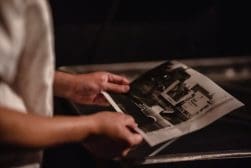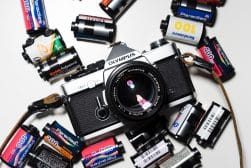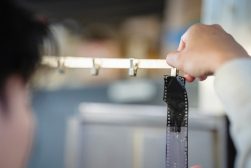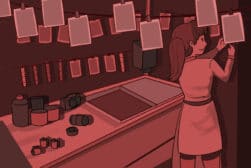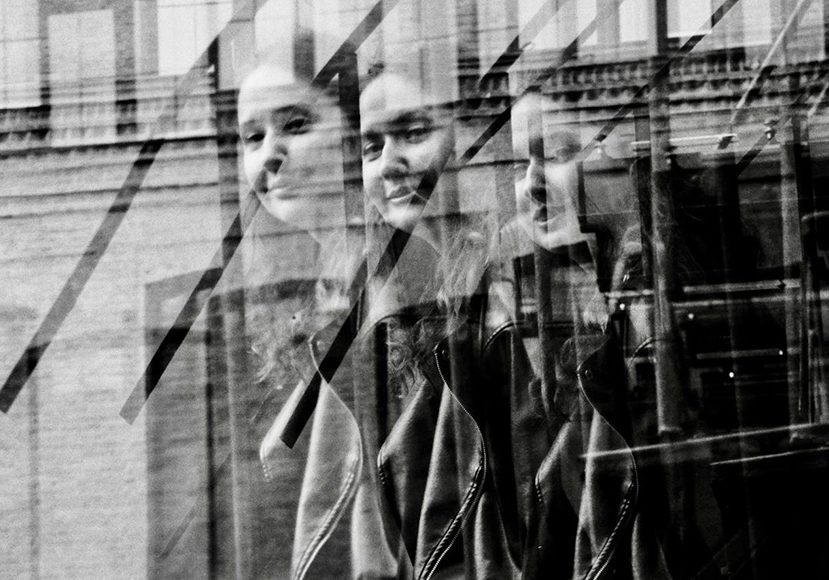
Experimental Photography: Exciting Techniques To Try
Discover the artistry of experimental photography. Learn more about its marvelous techniques to help you produce one-of-a-kind, mesmerizing creations and unique artwork.
Learn | By Jeff Collier
Experimental photography isn’t just about capturing a still scene in front of you.
It goes beyond that, allowing you to inject your personality into photos by utilizing your creativity.
Whether you experiment with various photography techniques or add your touch later on, experimental photography is something you should definitely look into as an artist.
In this article, you’ll learn more about producing photographic images using experimental photography.
Moreover, you’ll find many techniques and ideas to try.
Table of Contents
What Is Experimental Photography?
Just as the name suggests, experimental photography is all about experimenting with different photography techniques.
Primarily, it’s an innovative approach to capturing images that go beyond traditional photography.
You can produce unbelievably stunning artwork by pushing the boundaries of your camera and your imagination.
All in all, you can never go wrong with experimental photography.
History of Experimental Photography
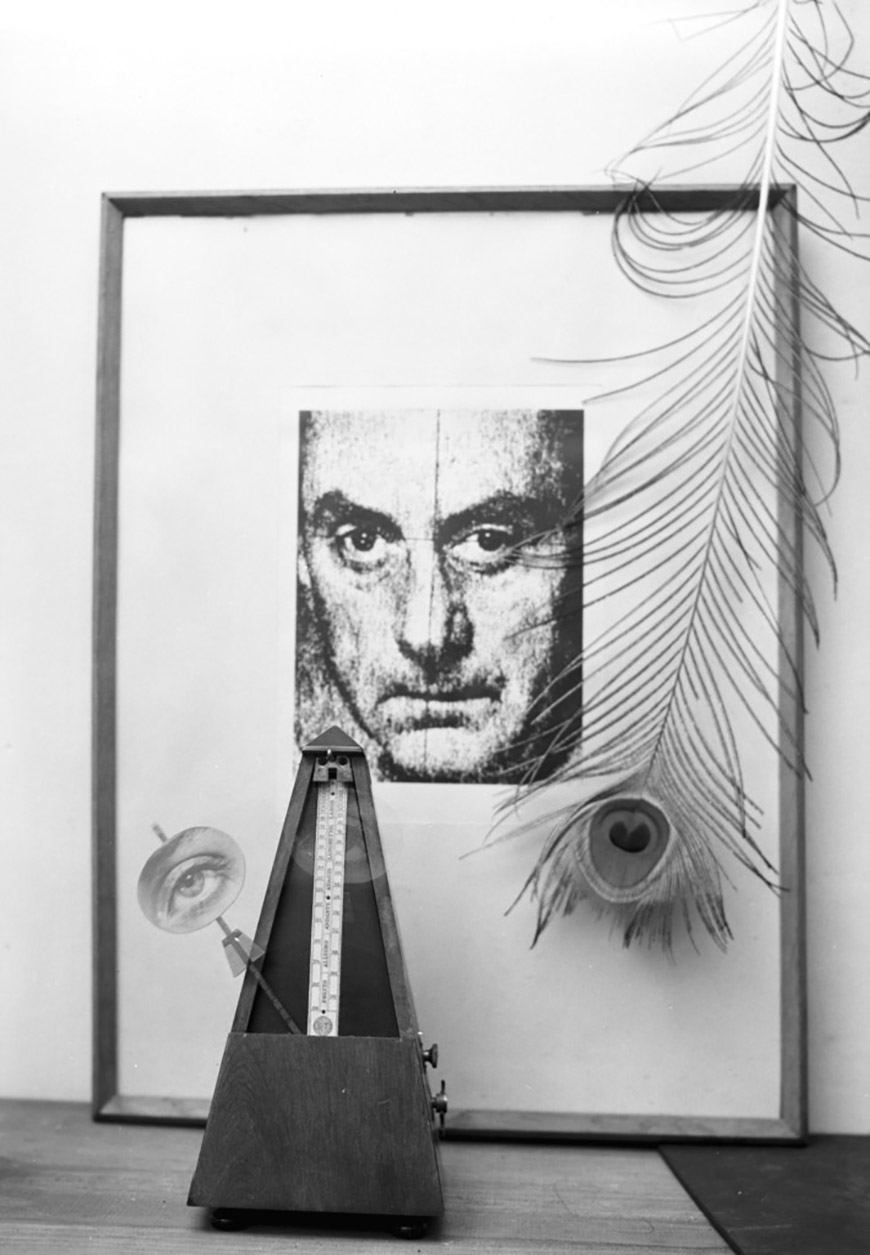
Man Ray in His Workshop. Credit: Man Ray, Public Domain, via GetArchive LLC, PICRYL.com
Experimental photography dates back to the early 20th century, upon the rise of the Dadaist movement.
It’s when pioneer photographers first tried to push the boundaries of traditional photography. As a result, artists such as Man Ray discovered new techniques like photogram and solarization.
Furthermore, with the introduction of digital photography in the late 20th century, photographers adopted other approaches, such as digital manipulation.
Overall and throughout history, experimental photography has been evolving rapidly. It allows freedom to challenge photography norms and redefine the art form.
Experimental Photography Techniques
Experimental photographers usually use a mix of techniques they can apply to both digital and analog (film) photography.
Such techniques aren’t just limited to one specific medium. Contrarily, you can use traditional film cameras, digital cameras, or even a hybrid of both mediums to achieve them.
Here are some techniques to try the next time you decide to have a go at experimental photography.
1. Double Exposure
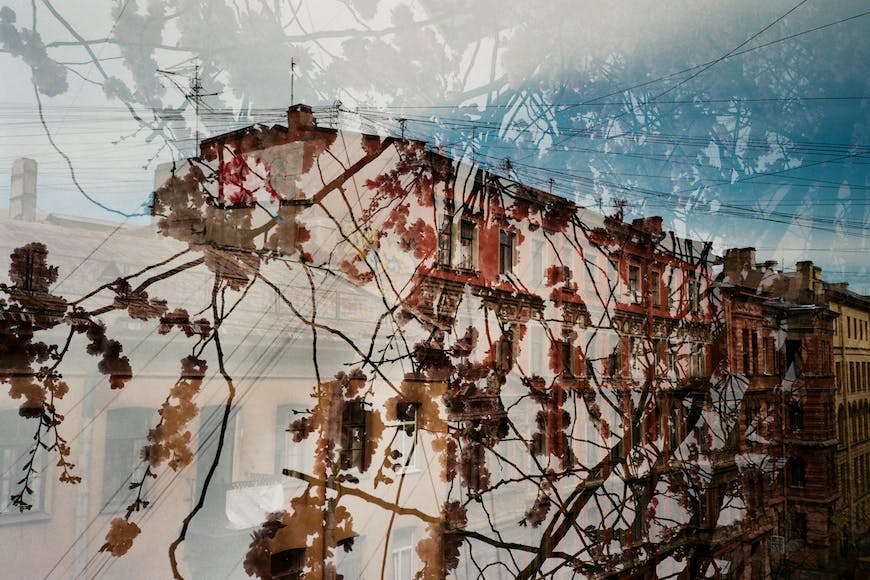
Credit: Darya Sannikova
Double exposure is a photography technique that captures two or more images on the same frame.
Film photographers were the first to discover such a technique by clicking the shutter without advancing the film.
By merging two scenes, this technique creates a layered effect to add a form of symbolism to photos.
Whether done with a digital or film camera, double exposure offers creative opportunities to convey unique concepts in a single frame.
How Much Do You REALLY Know About Photography?! 🤔
Test your photography knowledge with this quick quiz!
See how much you really know about photography...

2. Light Painting
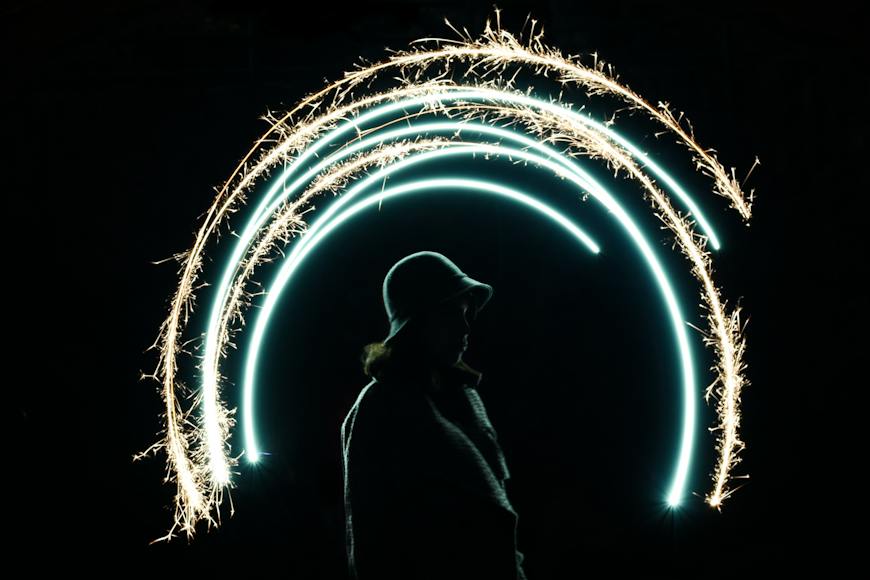
Credit: Atiabii
This is another eye-catching technique used in experimental photography to create stunning compositions.
Mainly, it uses long exposure times in a dark environment to create artwork with colorful light trails.
Using this technique, you can produce abstract images just by moving an LED or flashlight in front of the camera during the exposure.
All you need to do is set the shutter speed to 30 seconds and move fast with a light source while the shutter is open. It’s definitely a technique worth trying for photography enthusiasts.
3. Chemical Manipulation (Darkroom Manipulation)
Chemical manipulation in experimental photography involves using a few chemical processes to create unique visual effects for the photo print.
Using this technique, photographers aim to adjust the photo’s brightness, color tone, contrast, texture, etc. It’s more of a hands-on approach that guarantees control over the outcome.
In digital photography, chemical manipulation isn’t a thing. Instead, post-processing techniques are applied through various software that help achieve the same desired visual effect.
4. Cameraless Photography
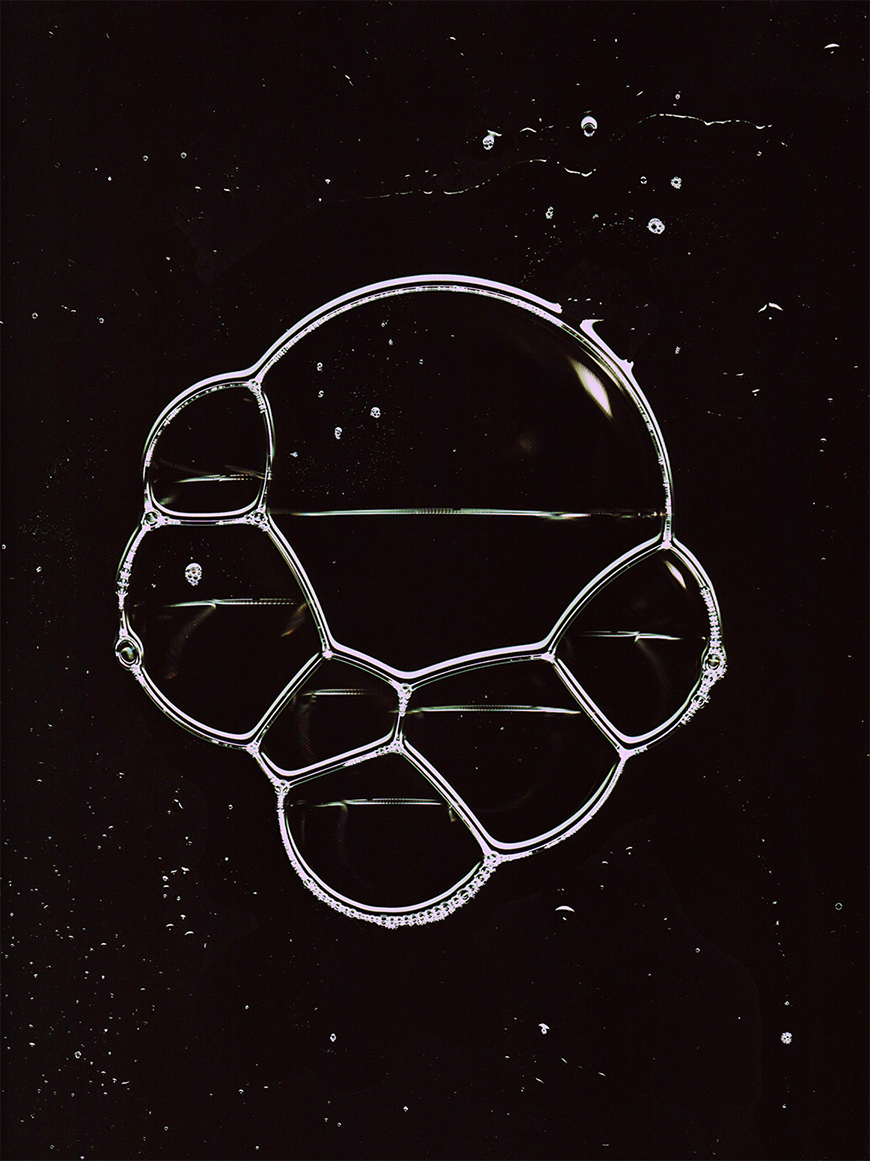
Credit: LCRC Photographer, CC BY 4.0, via Wikimedia Commons
Also known as photogram or rayogram, cameraless photography doesn’t involve using a traditional camera at all.
Experimental photographers using this technique often place a few objects directly onto photosensitive material (light-sensitive photographic paper).
Then, they expose the paper to light. When developed, these objects create formations of silhouettes, producing marvelous abstract images.
Such an experimental approach is amazing because it encourages your artistic spirit to play around with shadow and light.
5. Solarization
Popularized by Man Ray in the early 20th century, solarization is yet another spectacular photography technique.
It wouldn’t have been possible for such a technique to come to light if it wasn’t for Ray breaking the main rule of darkroom photography.
While in the darkroom processing films, he would switch on the lights momentarily. Doing so created a surreal effect where dark areas of the photos appeared as if they were glowing.
6. Collage and Montage
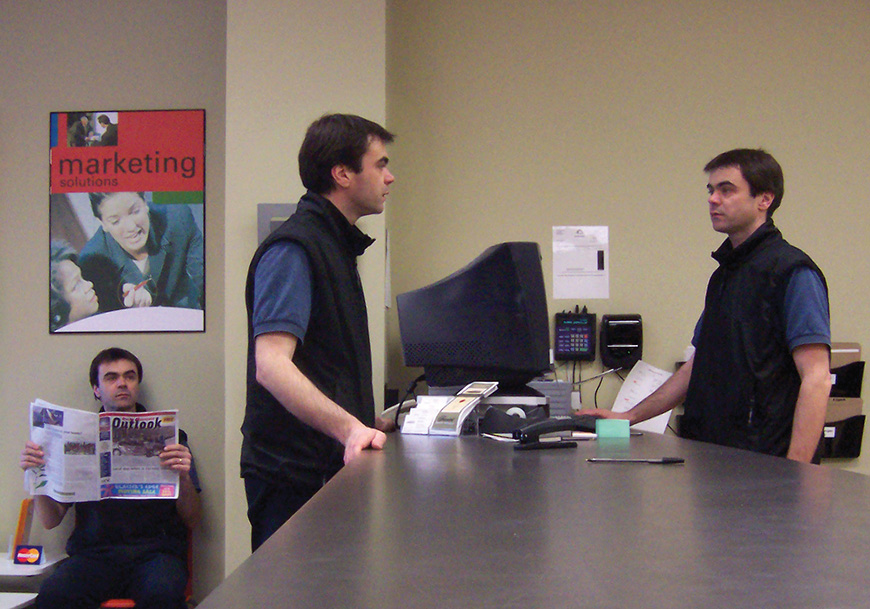
Credit: Mike, CC BY-NC 2.0 DEED, via Flickr
Montage is one of the most commonly used techniques in experimental photography and photo editing.
It’s as simple as layering multiple photographs or parts of photographs to create a single composite image.
Back in the day, experimental photographers did photo montages by cutting and glueing parts of artwork together.
Nowadays, with modern digital editing tools, you can express yourself through montages and collages much more easily.
7. Holga Photography
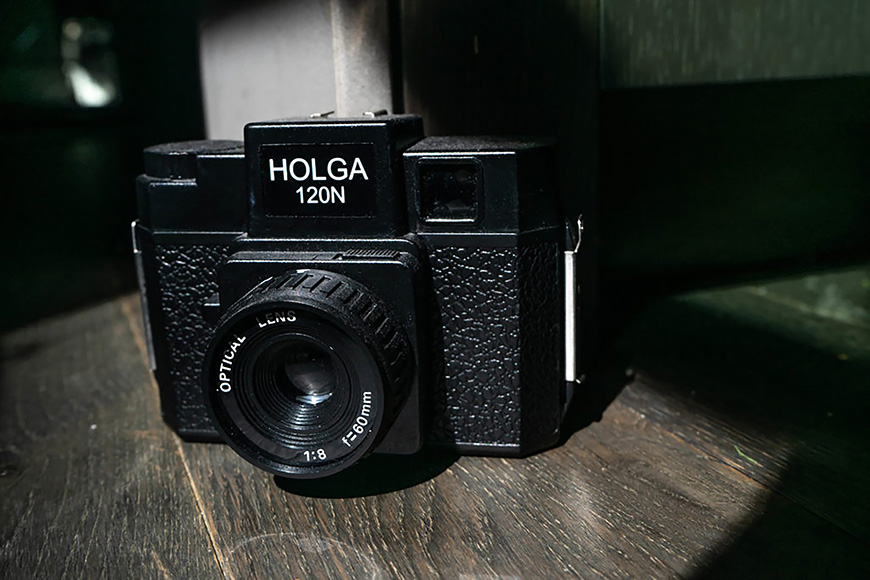
Credit: Matthew Moloney
Holga cameras, a medium format type of cameras made in Hong Kong, are famous for their unpredictability.
Mostly, such cameras often feature quirky images with light leaks, streaks, vignetting, etc.
In ordinary cameras, such results are considered undesirable. However, experimental photographers embrace the camera’s imperfections for the dreamlike image quality it produces.
So much so that you can find lenses for your modern digital camera specially made for taking Holga-style photos.
8. Lomography
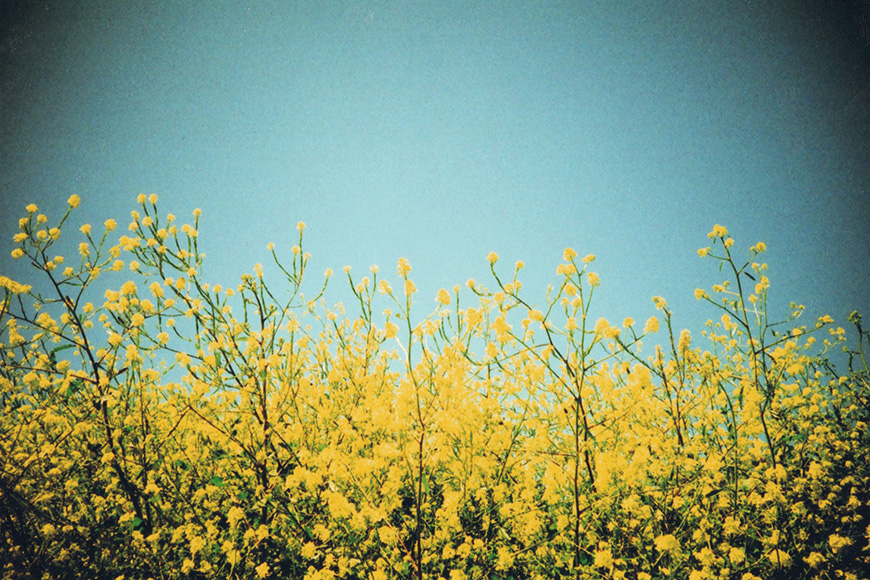
Credit: Scott Evans
Lomography works almost the same as Holga photography in its spontaneity and unconventional compositions. It prioritizes creative expression over technical perfection.
Fundamentally, it’s a genre of photography often associated with cheap film cameras, such as Lomo LC-A+.
On the whole, the use of such a camera encourages a playful attitude towards photography with its distortions, light leaks, and bold colors.
9. Infrared Photography
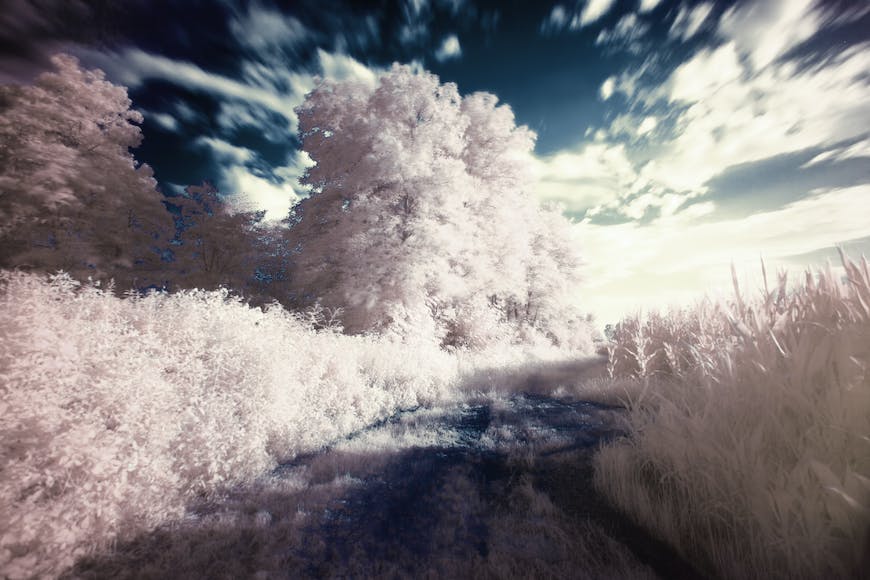
Credit: SplitShire
Professional photographers use infrared filters or special lenses to create stunning images.
Such a technique captures wavelengths beyond the visible spectrum, revealing a surreal world of invisible light.
Infrared photography usually features light-colored foliage, dramatically dark skies, and fascinating landscapes with ethereal aesthetics.
10. Liquid Emulsion
Liquid emulsion is a formidable photography technique that allows your creativity to go wild when it comes to the process of printing images.
Simply put, liquid emulsion is a light-sensitive coating made of bromide crystals suspended in a gelatin solution or tiny grains of silver halides.
When you expose this emulsion to light, it creates images, just like light-sensitive paper does. So, whatever surface or material you choose to coat with emulsion becomes your final product.
This technique facilitates the use of non-conventional surfaces and textures, such as glass, paper, fabric, wood, etc. As a result, you end up with a vintage-style, handmade aesthetic.
11. Intentional Motion Blur
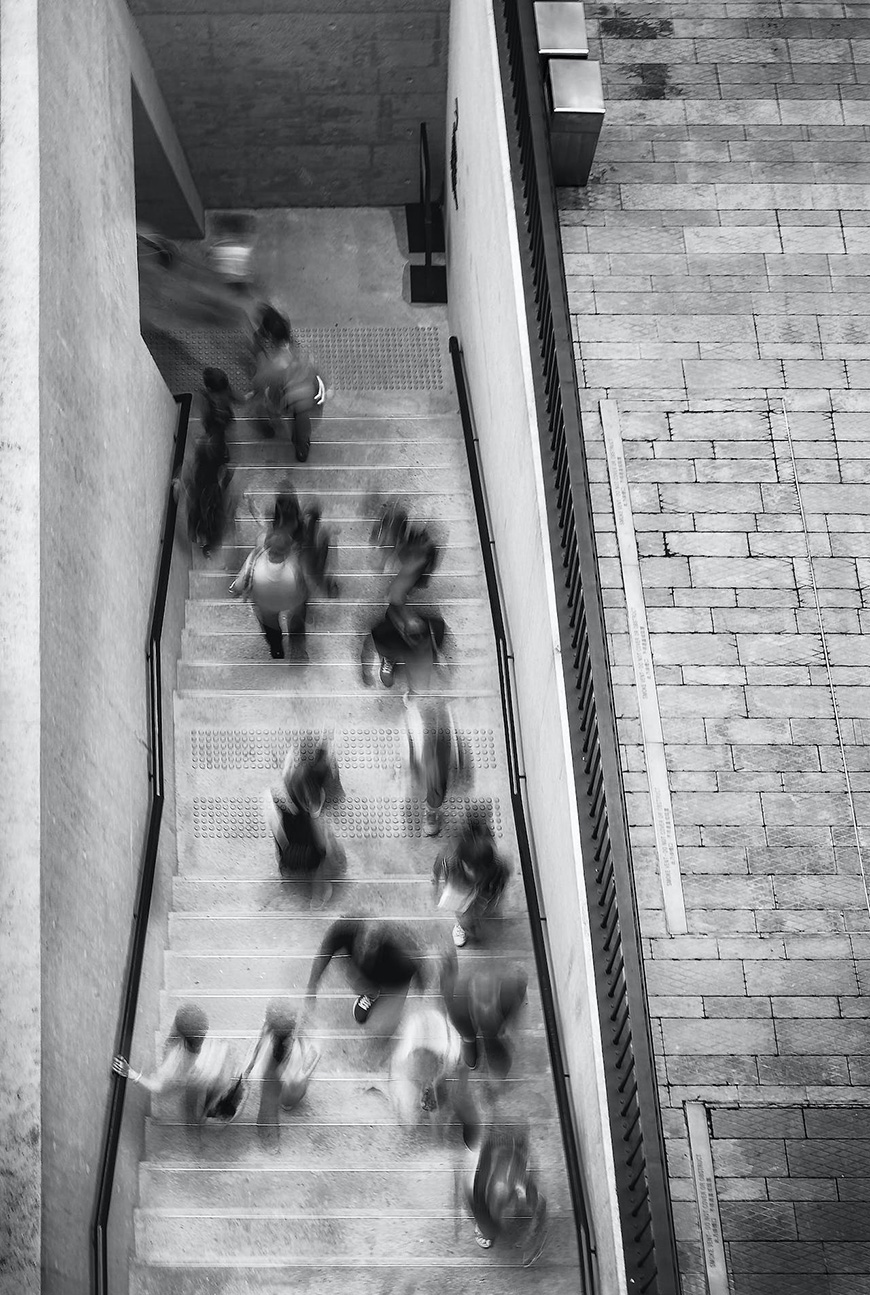
Credit: Jimmy Chan
Motion blur happens when your camera’s shutter stays open for a longer than needed time while photographing a moving object.
Typically, photographers try to avoid these kinds of occurrences. However, experimental artists sometimes create it deliberately to capture motion in a still photo.
To create this effect, conveying a sense of motion and energy, photographers increase the exposure intentionally. Consequently, they add a dynamic dimension to the photos taken.
12. Impressionistic Focus
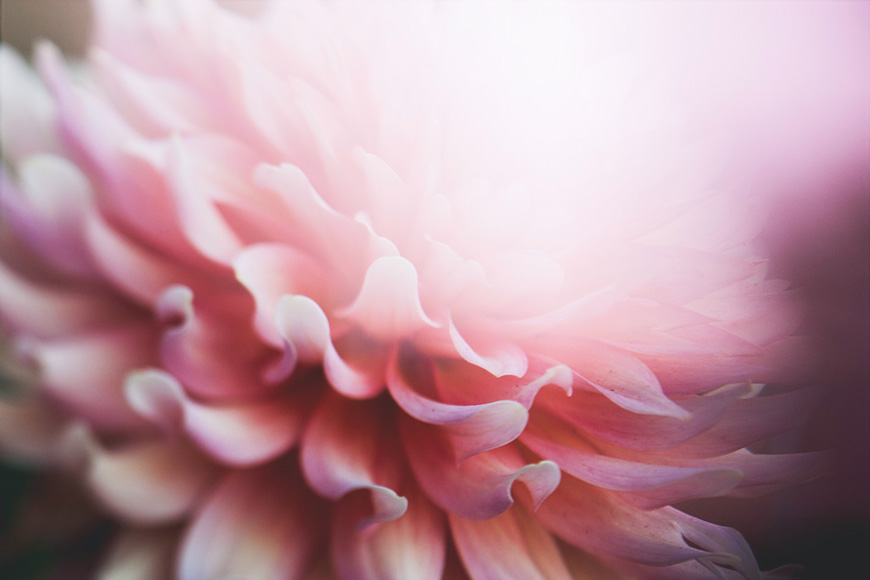
Credit: Kari Shea
Rather than providing a literal representation of a subject through photography, impressionistic focus aims to evoke emotions and capture a mood.
Take the HARD Photography Quiz! 🤯
Now it's time to really test your photography knowledge!
(99% of people can't get all the questions right...)

Such a technique deliberately uses selective focus to create dreamy images. So, as opposed to the main goal of photography, impressionistic focus deliberately shoots out-of-focus scenes.
To try this technique, set your camera’s focus to manual and start experimenting. You can control the final result, whether you want to blur out parts of the scene or all of it.
13. Cyanotype
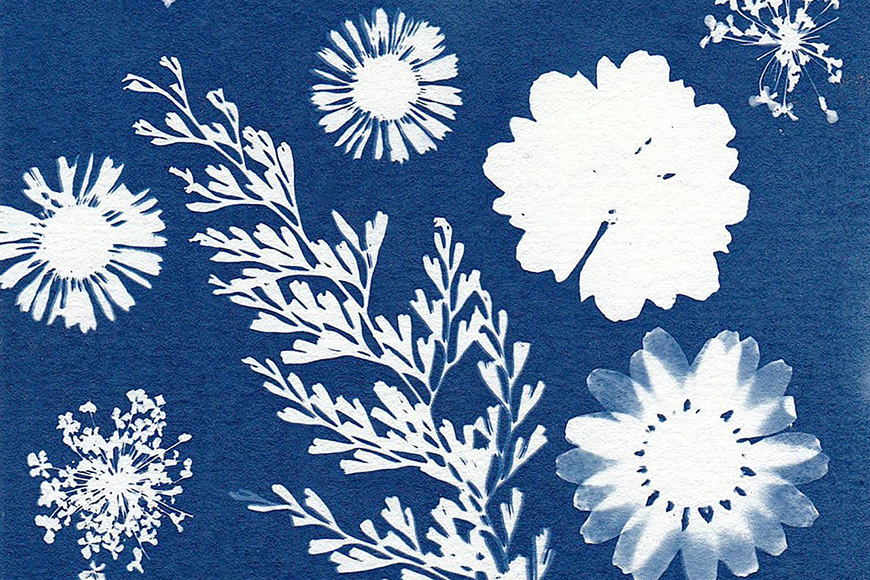
Credit: Lisa Fotios
Cyanotype is famous for its simplicity and the creative possibilities it offers photographers. It’s an alternative experimental photographic process dating back to the 19th century.
Such a process involves coating a paper or fabric surface with a light-sensitive chemical solution (potassium ferricyanide and ferric ammonium citrate).
Primarily, these chemical compounds turn blue when exposed to UV light, producing a cyan-blue print image.
14. Mirroring
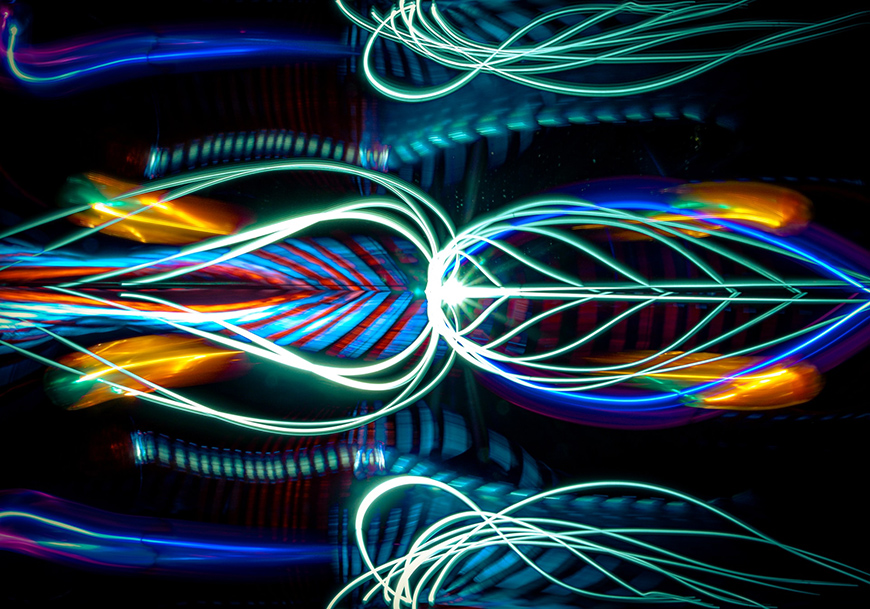
Credit: Nikolay Trebukhin
Creating a mesmerizing effect, this approach usually uses digital editing software to manipulate photos.
It’s a worth-mentioning experimental photography technique that involves creating symmetrical effects by reflecting images, resulting in abstract compositions.
In general, mirroring can transform ordinary scenes into visually intriguing patterns, allowing you to view familiar subjects from a different perspective.
15. Cross-Processing
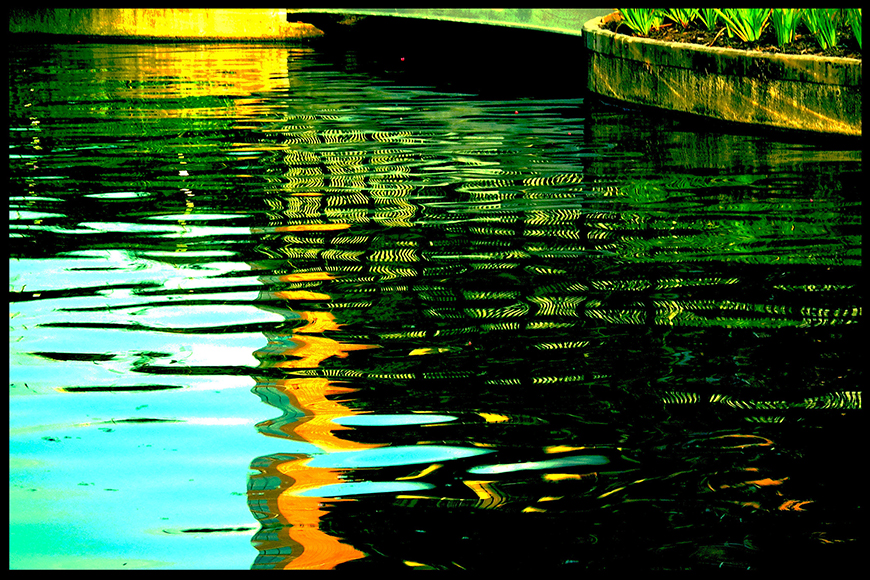
Credit: Robert-Hruzek-CC BY-NC-ND 2.0 DEED-Flickr
The cross-processing technique is when you develop a film using chemicals other than the types it was intended for.
For example, you process a slide film using chemicals meant for color negative film, and so on.
As a result, you get unpredictable color shifts, high contrast, and vivid image effects, creating vintage aesthetics.
16. Time-Lapse Photography
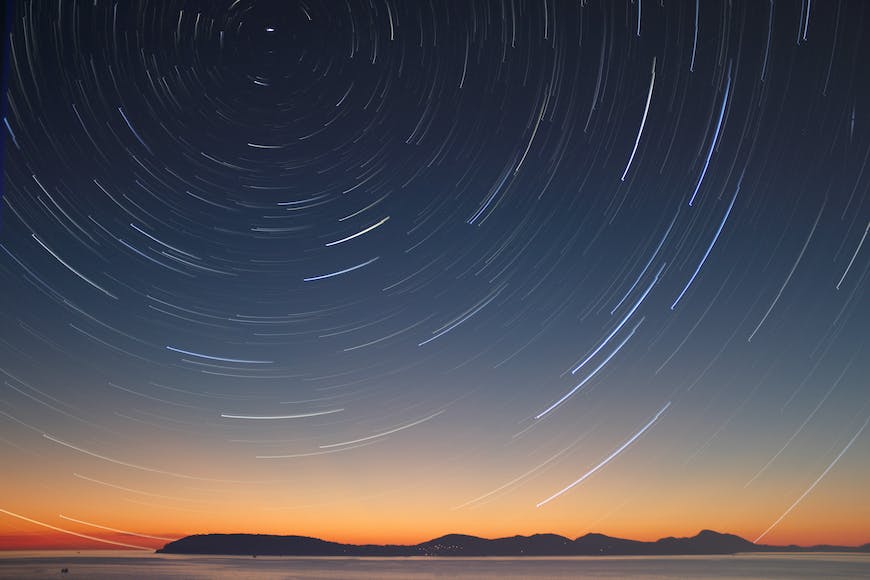
Credit: Faik Akmd
Those impressive videos of highway traffic, the sunset, or the stars of the night sky are all created using the amazing technique of time-lapse photography.
The whole idea behind those clips revolves around capturing a series of images at fixed intervals over an extended period.
After that, the photographer combines those images and plays them back, revealing slow changes not visible in real time.
17. Macro Photography
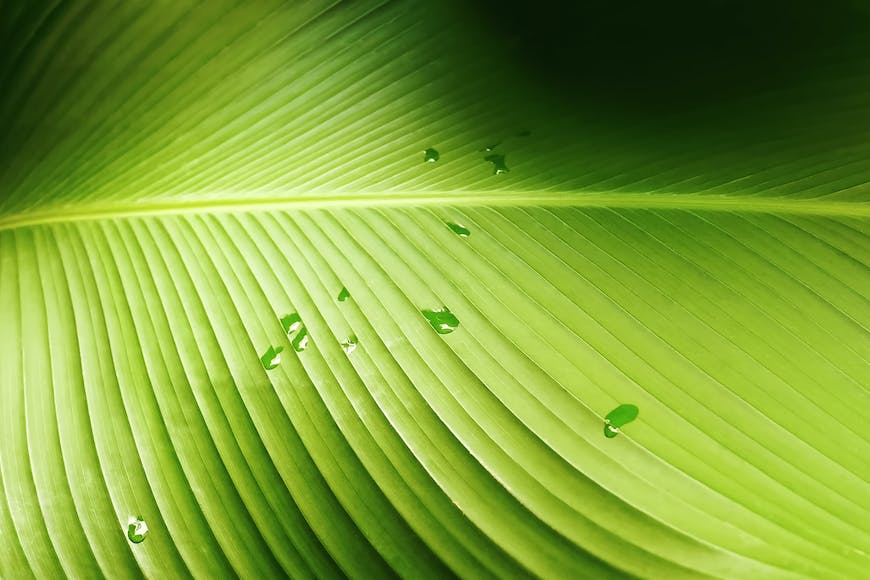
Credit: Suparerg Suksai
Lastly, one of most artists’ favorite techniques is macro photography. You can literally spend hours experimenting with it and not even notice it.
Such a technique focuses on capturing extreme close-up images of small objects, showcasing intricate details and textures not visible to the naked eye.
Yet, to be able to get those shots, you need to have lenses or equipment specifically designed for such tasks.

Check out these 8 essential tools to help you succeed as a professional photographer.
Includes limited-time discounts.





